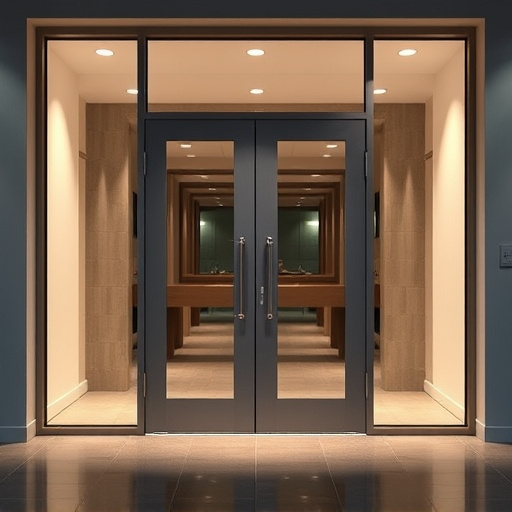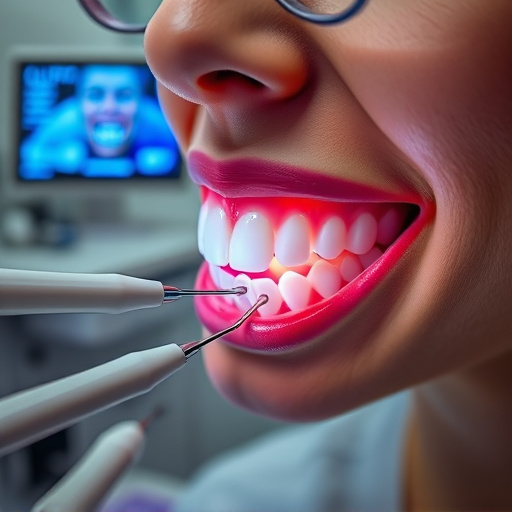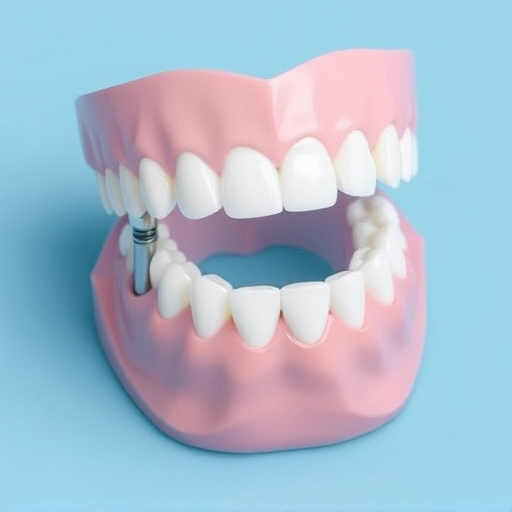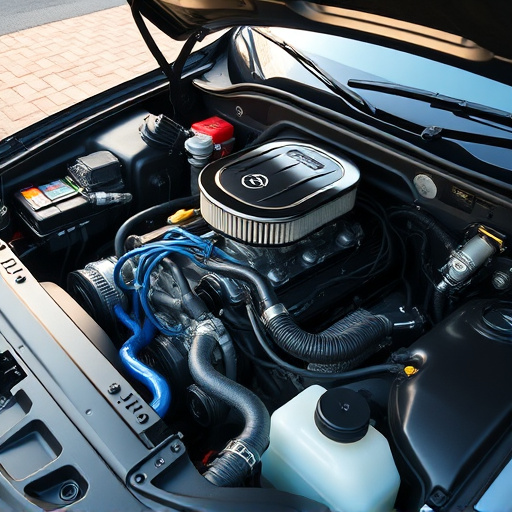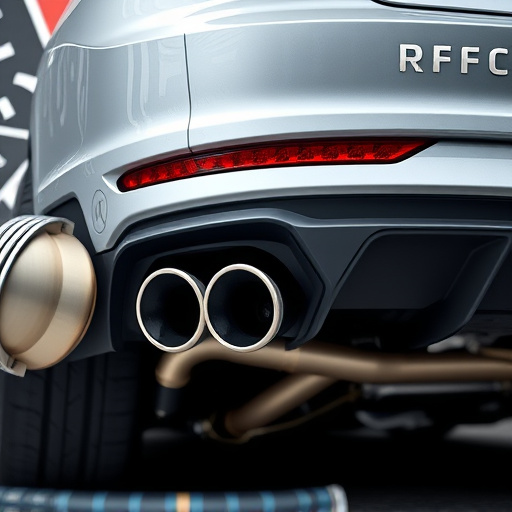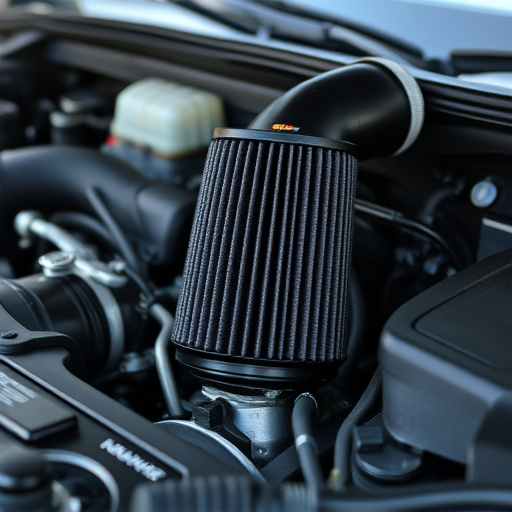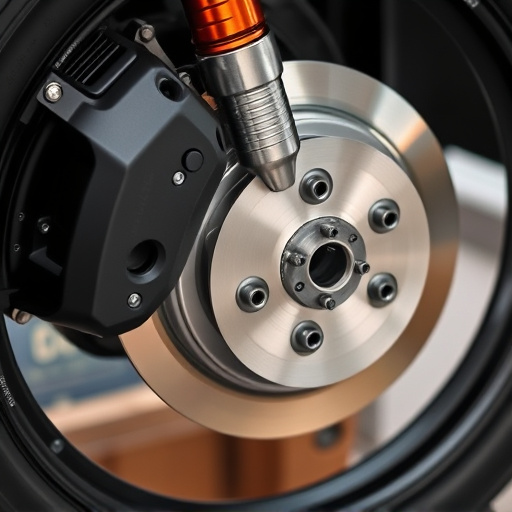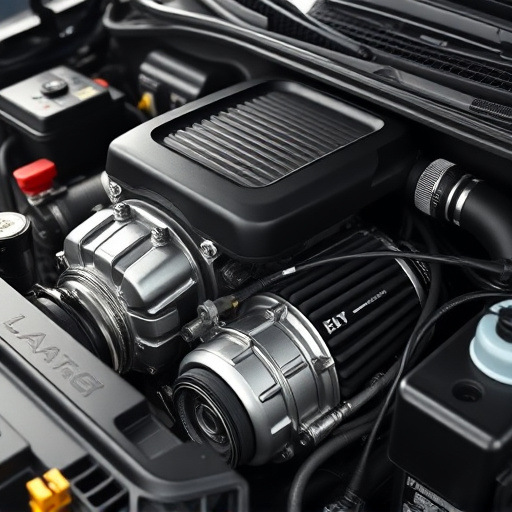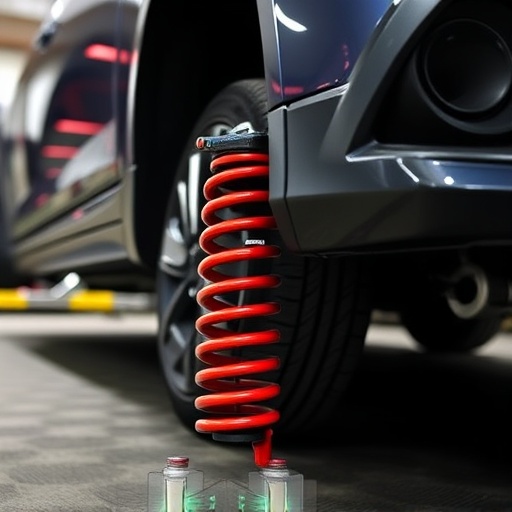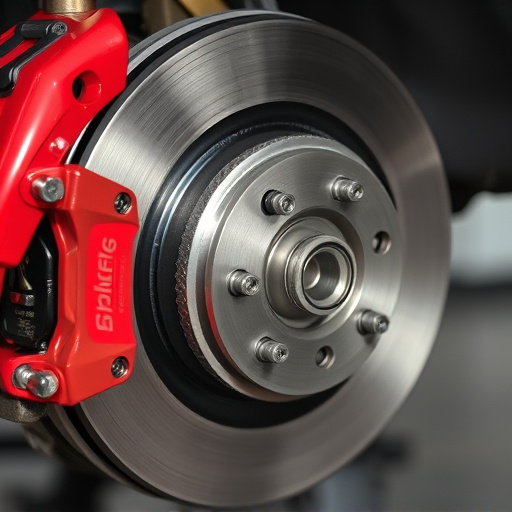Brake pads and rotors are critical components for vehicle safety, working together to slow or stop cars. They wear down over time due to friction, so regular maintenance is essential. Inspections should check for wear signs like grooving or thinning, with replacement recommended for improved braking performance and aesthetics. Costs vary based on location, vehicle type, parts quality, and service levels, with labor rates differing significantly. Proactive maintenance through early inspections and smart shopping strategies can save money and ensure safe driving. Additionally, maintaining suspension components and other systems, like cat-back exhausts, can reduce the frequency of brake pad and rotor replacements.
“Brake pads and rotors are vital components of your vehicle’s braking system. Regular maintenance of these parts is crucial for safety. This article guides you through the cost considerations of replacing brake pads and rotors, breaking down the factors influencing expenses. From understanding the components and wear to navigating labor costs and strategic shopping tips, we equip you with knowledge to expect and manage the financial impact. Stay informed and stay safe on the road.”
- Understanding Brake Pads and Rotors: Components and Wear
- Factors Affecting Replacement Costs: Labor and Parts
- Tips for Minimizing Expenses: Maintenance, Timing, and Shopping Strategies
Understanding Brake Pads and Rotors: Components and Wear
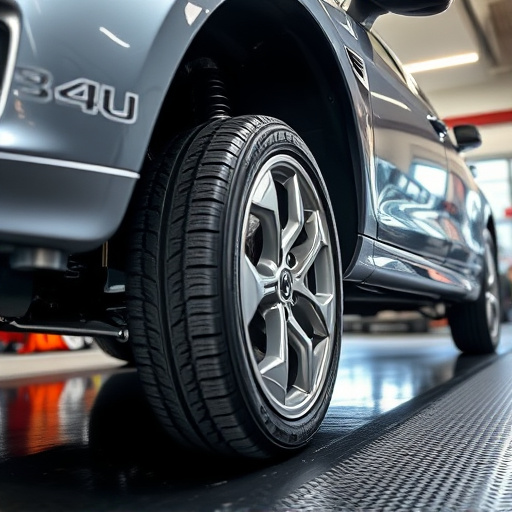
Brake pads and rotors are fundamental components of a vehicle’s braking system. Pads, which are made from various materials like organic, semi-metallic, or ceramic, press against the rotors to slow down or stop the car. Rotors, usually constructed from cast iron or steel, are the rotating discs that receive the force from the pads. Over time, these components experience wear and tear due to constant friction, leading to reduced braking efficiency.
Understanding the interplay between brake pads and rotors is essential when considering maintenance. Regular inspection of these brake components can help identify signs of wear, such as grooving or thinning. Worn-out pads and rotors not only affect braking performance but also contribute to increased stopping distances, making it crucial for vehicle owners to stay on top of replacement schedules. For those interested in optimizing their braking experience, considering upgrades like coilover kits that include new brake rotors can significantly enhance both the aesthetics and functionality of a vehicle’s braking system.
Factors Affecting Replacement Costs: Labor and Parts
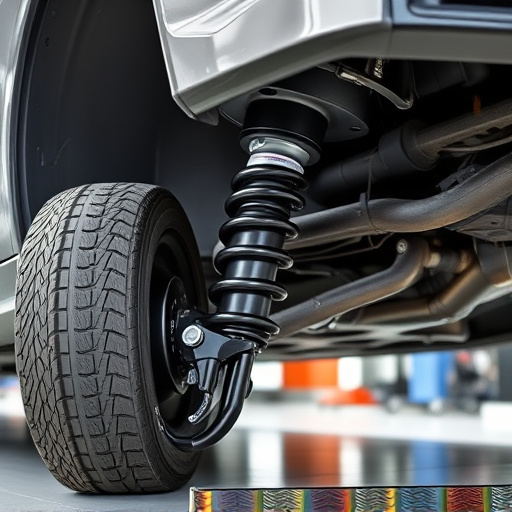
The cost of replacing brake pads and rotors varies based on several factors, with labor and parts being the primary considerations. Labor rates differ significantly depending on your location and the independent garage or dealership performing the work. Complex vehicle designs or specialized services, such as those involving performance air filters, coilover kits, or intake components, may command higher labor charges.
When it comes to parts, the price of brake pads and rotors themselves can range widely based on brand and material quality. High-performance or ceramic brake pads, for instance, are more expensive than standard ones. Similarly, steel or composite rotor designs can vary in cost. Additionally, shops may offer different levels of service, affecting the overall bill; basic replacements versus those involving additional services like surface grinding rotors to extend their life.
Tips for Minimizing Expenses: Maintenance, Timing, and Shopping Strategies
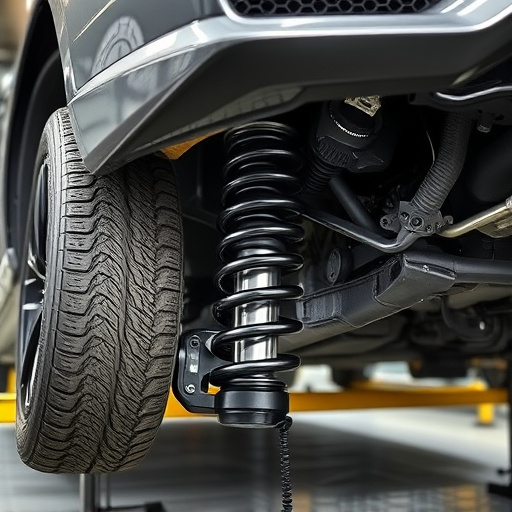
Staying on top of brake pad and rotor maintenance is key to both safety and saving money. Regularly inspect your brakes for wear and tear, as early detection can prevent costly repairs. Timing is everything; replacing pads and rotors before they reach their limit ensures optimal vehicle performance and prevents sudden failures that could lead to dangerous situations.
When it comes to minimizing expenses, smart shopping strategies are essential. Compare prices from different auto parts stores or online retailers, keeping an eye out for deals and discounts. Buying in bulk or opting for reputable after-market brands can significantly reduce costs without compromising quality. Additionally, consider the condition of your suspension components, as worn-out parts might require more frequent brake replacements. Remember, a well-maintained vehicle means fewer unexpected repairs, including those related to your cat-back exhaust system.
When it comes to replacing brake pads and rotors, understanding the underlying components, what influences costs, and how to minimize expenses is key. By being aware of these factors, drivers can better prepare for maintenance, make informed decisions, and ensure their safety on the road without breaking the bank. Regular maintenance and timely replacement are crucial to avoid costly repairs and keep your vehicle’s braking system in top shape.

